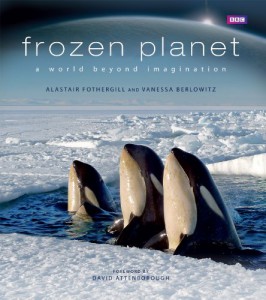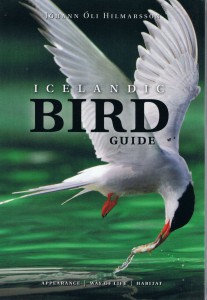Review published in the October 2011 Volume of the Bulletin of the Amateur Entomologists’ Society
A Guide to the Hawkmoths of the Serra dos Orgaos, South-eastern Brazil
(Guia dos Sphingidae da Serra dos Orgaos, Sudeste do Brasil)
Alan Martin, Alexandre Soares and Jorge Bizarro
Published by REGUA
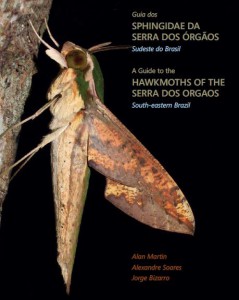 Hawkmoths have an enduring appeal for their attractiveness, size, sheer power and their breathtaking diversity, particularly in tropical regions. This attractive volume deals with the 110 Neotropical species found in a small reserve which is part of the Atalntic Rainforest in south-eastern Brazil, and an additional 4 species that have been recorded close by. The introductory chapters are written in both Portuguese and English, and cover a preface, checklist of hawkmoths, introduction to the region, hawkmoth taxonomy, life history and development. The main text of the book deals with the individual species and is written in English only. For each species there is a reference to the original description, synonyms, type locality, common name where applicable, size, notes on world-wide distribution and tips for identification. There then follows 37 pages of colour illustrations showing both upper and under-sides of set specimens, illustrating both sexes where they are known. There are four pages of habitat photographs, and a final 10 pages of colour photographs of living moths. The work concludes with a number of appendices covering notes on an historic collector, the reserve, some details of key species, and notes on the host-plants of Neotropical Sphingidae, distribution of species by Province, a phenology table and detailed bibliography.
Hawkmoths have an enduring appeal for their attractiveness, size, sheer power and their breathtaking diversity, particularly in tropical regions. This attractive volume deals with the 110 Neotropical species found in a small reserve which is part of the Atalntic Rainforest in south-eastern Brazil, and an additional 4 species that have been recorded close by. The introductory chapters are written in both Portuguese and English, and cover a preface, checklist of hawkmoths, introduction to the region, hawkmoth taxonomy, life history and development. The main text of the book deals with the individual species and is written in English only. For each species there is a reference to the original description, synonyms, type locality, common name where applicable, size, notes on world-wide distribution and tips for identification. There then follows 37 pages of colour illustrations showing both upper and under-sides of set specimens, illustrating both sexes where they are known. There are four pages of habitat photographs, and a final 10 pages of colour photographs of living moths. The work concludes with a number of appendices covering notes on an historic collector, the reserve, some details of key species, and notes on the host-plants of Neotropical Sphingidae, distribution of species by Province, a phenology table and detailed bibliography.
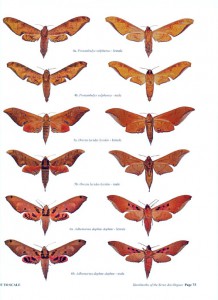 One of the appendices is a brief biopic of Henry Richard Pearson (1911 – 2004), an Englishman who was one of the first entomologists to study Lepidoptera in the region. He amassed a collection of more than 12,000 specimens, which he donated to the Museo Nacional of Rio de Janeiro.
One of the appendices is a brief biopic of Henry Richard Pearson (1911 – 2004), an Englishman who was one of the first entomologists to study Lepidoptera in the region. He amassed a collection of more than 12,000 specimens, which he donated to the Museo Nacional of Rio de Janeiro.
There are many books available on world hawkmoths, a good many of them substantial monographs that are very costly to purchase. By comparison, this is a modest volume but very well produced, well written and packed with information. The qualities of the colour reproduction are adequate for the set specimens, but very good for the habitat and live moth pictures – and the price is very attractive! The authors and staff of the Reserva Ecologica de Guapiacu are to be congratulated on producing an inexpensive and informative guide to these moths, which will be of great help to visitors to this region of Brazil, as well as those in other parts of Neotropical South America and those with a general interest in the world Sphingidae.
Bulletin of the Amateur Entomologists’ Society

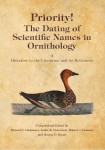 Anneli also attended the Sherborn Meeting at the Natural History Museum in London two weeks ago. The meeting commemorated the 150th anniversary of Charles Davies Sherborn’s birth with extremely stimulating talks on the current state and future of taxonomy. The book Priority! The Dating of Scientific Names in Ornithology was launched at this meeting.
Anneli also attended the Sherborn Meeting at the Natural History Museum in London two weeks ago. The meeting commemorated the 150th anniversary of Charles Davies Sherborn’s birth with extremely stimulating talks on the current state and future of taxonomy. The book Priority! The Dating of Scientific Names in Ornithology was launched at this meeting.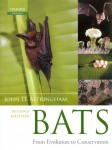 Earlier this month, Nigel and Steaphan went up to the IEEM autumn conference in Liverpool, the BCT National Bat Conference in September, and the Scottish Bat Workers Conference in Sterling last weekend. Bat workers and ecologists are agreed that the new edition of John Altringham’s Bats is a must – read an interview with John here.
Earlier this month, Nigel and Steaphan went up to the IEEM autumn conference in Liverpool, the BCT National Bat Conference in September, and the Scottish Bat Workers Conference in Sterling last weekend. Bat workers and ecologists are agreed that the new edition of John Altringham’s Bats is a must – read an interview with John here.
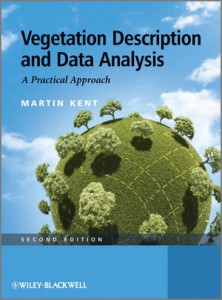
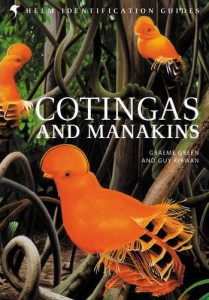



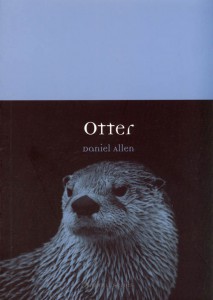
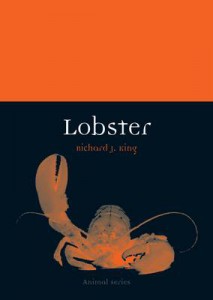
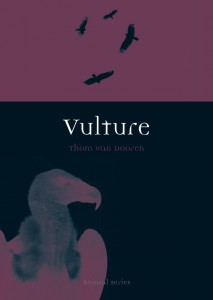
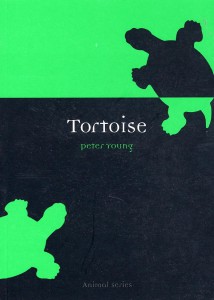
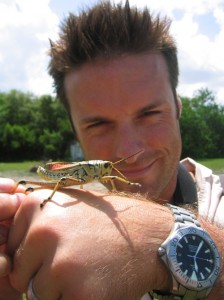 Nick Baker, NHBS Ambassador, has been trying out the
Nick Baker, NHBS Ambassador, has been trying out the 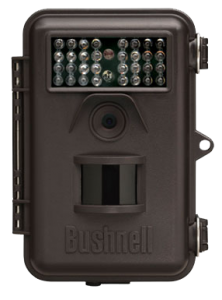
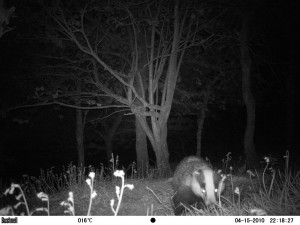 The camera shoots both still pictures (eg. left) and moving images(eg. below) and has a screen which allows reviewing of the images in the unit. All the image data is stored on an SD card and the unit is powered by 4-8 AA batteries.
The camera shoots both still pictures (eg. left) and moving images(eg. below) and has a screen which allows reviewing of the images in the unit. All the image data is stored on an SD card and the unit is powered by 4-8 AA batteries.